The Rangers will only go as far as their limited skill will take them. We’ve seen this on full display, as the Vincent Trocheck injury has truly exposed the lack of skill at the top and bottom of the lineup. We see this clearly with the third line when they aren’t facing the San Jose Sharks, but it’s also quite evident in the top-six. Two wingers are the focal point, as both Will Cuylle and Alexis Lafreniere look lost and have struggled out of the gate. It’s not a cause for concern yet, but it’s certainly frustrating to watch.
Through 9 games, Lafreniere has just one goal and three points. Cuylle has just one goal. Both have been playing top-six minutes, with Lafreniere getting PP1 time and Cuylle PP2 time. It’s not ice time or top-six time that is contributing to their slow start. They just look lost out there, looking a step behind the play and perhaps “thinking too much” as some coaches like to say.
It’s easy to look at stats to say they will rebound. After all, both are well above 50% in all puck possession metrics–CF%, xG%, HDCF%–and have offensive shot attempt numbers consistent with last season. Lafreniere is sporting a 4.2% shooting rate on 24 SOG, while Cuylle has a 4.8% shooting rate on 21 SOG. To say that both are just waiting for shooting luck to turn around would be the easy, but also lazy, explanation. There’s more to it than a simple cold streak.
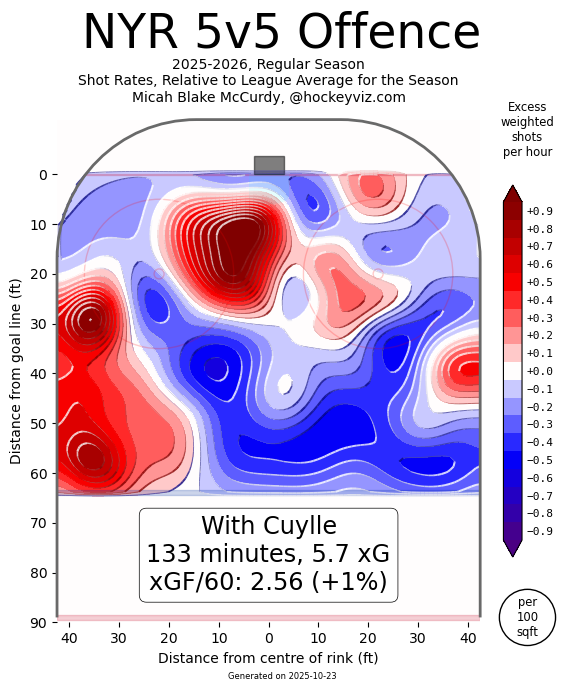
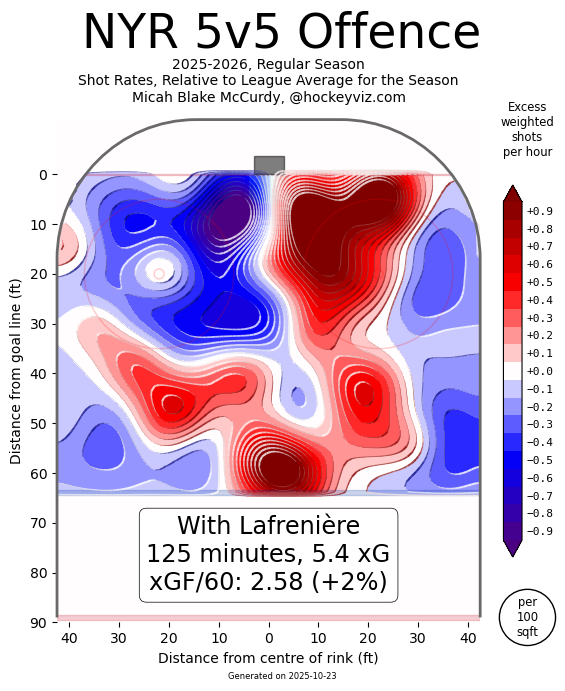
Looking at shot heatmaps from Hockeyviz, the Rangers are rather predictable in terms of shot locations when their top-six is out there. With Cuylle, playing primarily with JT Miller and Conor Sheary to start the season, if shots aren’t coming from the left circle, which is actually where Cuylle is positioned, then there are few other true dangerous shot options. Sheary isn’t really an offensive threat, which probably plays into this. That’s just a lot of blue covering a lot of the high and medium dnager areas.
As for Lafreniere, the shot heatmap looks fine, with the high danger chances coming from his spot on the ice when playing primarily with Artemi Panarin and Mika Zibanejad. Part of Lafreniere’s struggles could be Mika’s poor shooting luck, but like with Cuylle, there’s more to it.
Aside: Zibanejad has been far and away the best Rangers skater to start the season. He’s probably the only forward I’m willing to chalk things up to poor shooting luck to start the season.
Cuylle and Lafreniere look lost away from the puck
While the on-the-surface numbers are pretty easy to explain away, that doesn’t take away from the fact that something looks off. Both Cuylle and Lafreniere look less engaged and a step behind everyone else. Perhaps this is a simple case of Occam’s razor, where the simplest explanation–a longer learning curve on a new system–is the right one.
This is the first time in their professional careers that either have had a true systems change. Cuylle for sure, since this is only his second head coach. It’s a tougher sell with Lafreniere, who is now on his fourth NHL coach (David Quinn, Gerard Gallant, Peter Laviolette, Mike Sullivan). But Gallant and Laviolette essentially ran the same systems, just with different minor details. Quinn’s system was…weird? Sully is the first coach to really focus on defensive structure first and truly enforce it.
The good news is the defensive side of things has seemingly been fine. It’s more about how both play in the offensive zone. They are both tentative with the puck instead of doing what worked for both last season (before the Rangers gave up as a collective whole). They are far less assertive, lacking confidence, and appear to be coasting while in the offensive zone instead of attacking open ice and creating offense. If the focus has been on defense, then it’s possible both are still thinking about their coverages on the back check should they be needed, and that plays into the “automatic” aspect of their games.
Generally speaking, it takes at least a third of a season to truly adjust to a new system. Though there is hope it will take the Rangers less time because they’ve been mostly solid at 5v5 defense. Their powerplay is a problem, but that’s a discussion for another day.

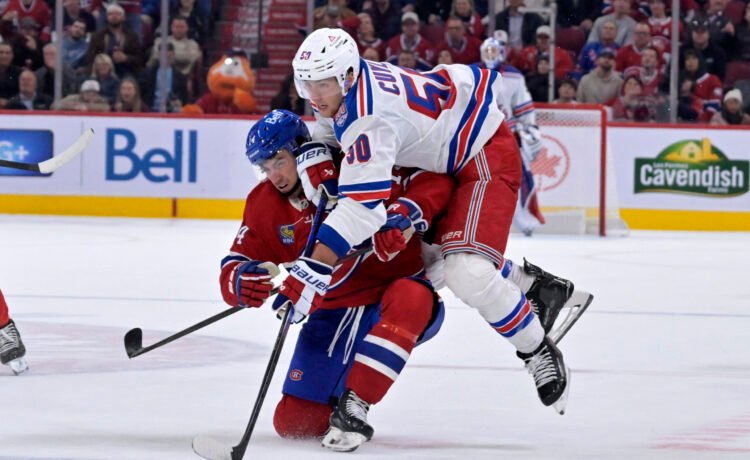
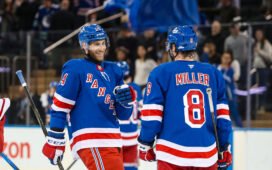
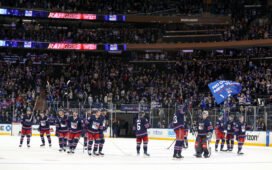
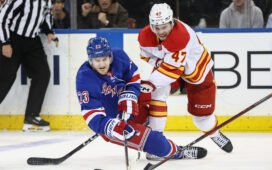
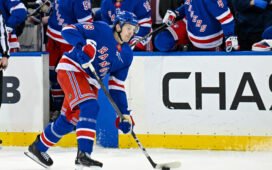
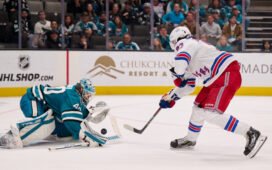
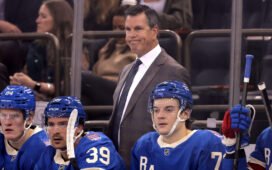
Recent Comments